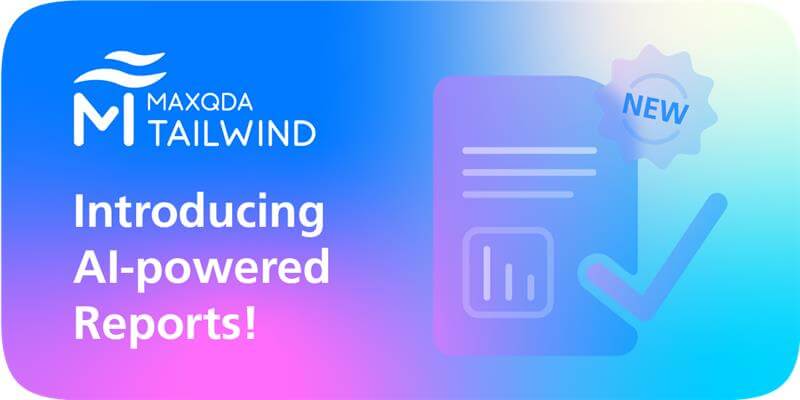Today we’d like to share this paper about a mixed methods study using MAXQDA. It was written by a research group from the University of Nevada, Reno and submitted at the 2014 Annual Meeting of the American Educational Research Association (AERA 2014) conference where it was presented in the session: Service-Learing as Innovative Practice for Building Teacher Efficacy and Understanding.
Thank you Margaret Ferrara for stopping by at the MAXQDA booth and especially for making the paper available for our users.
About the Paper
Examining the Process of Civic Learning Through A Systematic Service-Learning Experience in Teacher Education (2014) Marlene K. Rebori, Margaret M. Ferrara, and Greg Nielsen. AERA Paper Submission.
Here is the abstract of the paper:
In addition, a quantitative analysis was paired with the qualitative data over a two- year period (2011, 2012) to further categorize and explicate student learning and broader impact.Results from the three-year study frame an academic service learning experience that is infused into a course in a systematic way. Examining the process of civic learning through quantitative and qualitative outcomes explores and defines how to facilitate the process of a high quality service-learning pedagogy for preservice teachers.”
This paper stands out as a great example for a mixed methods study and makes use of MAXQDAs visual tools and MAXMaps to compare work for consistency and to identify patterns in the data




